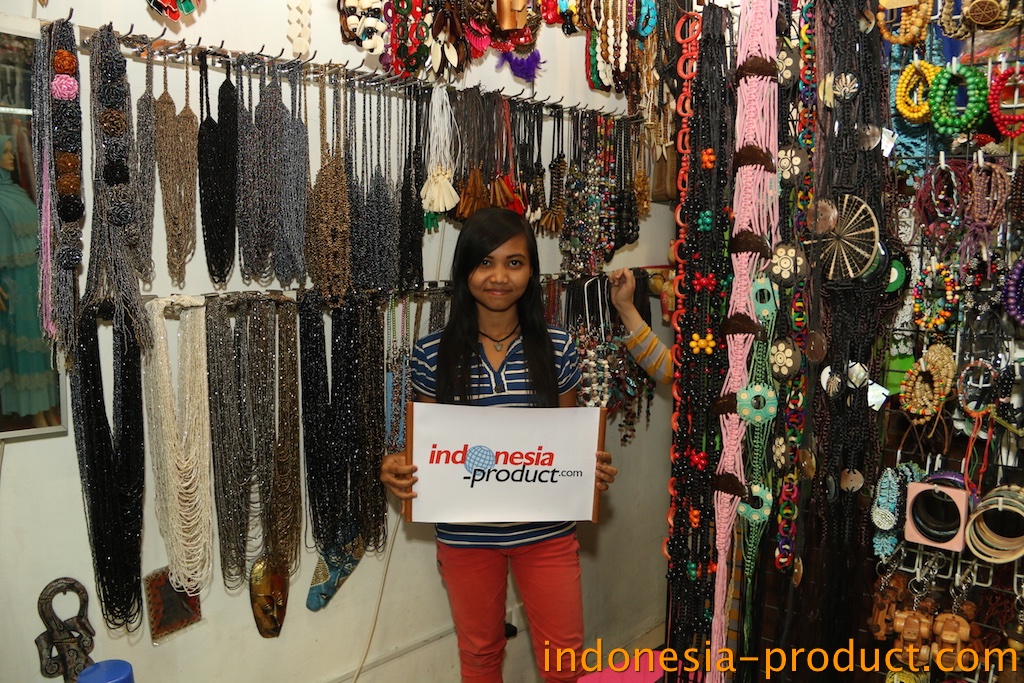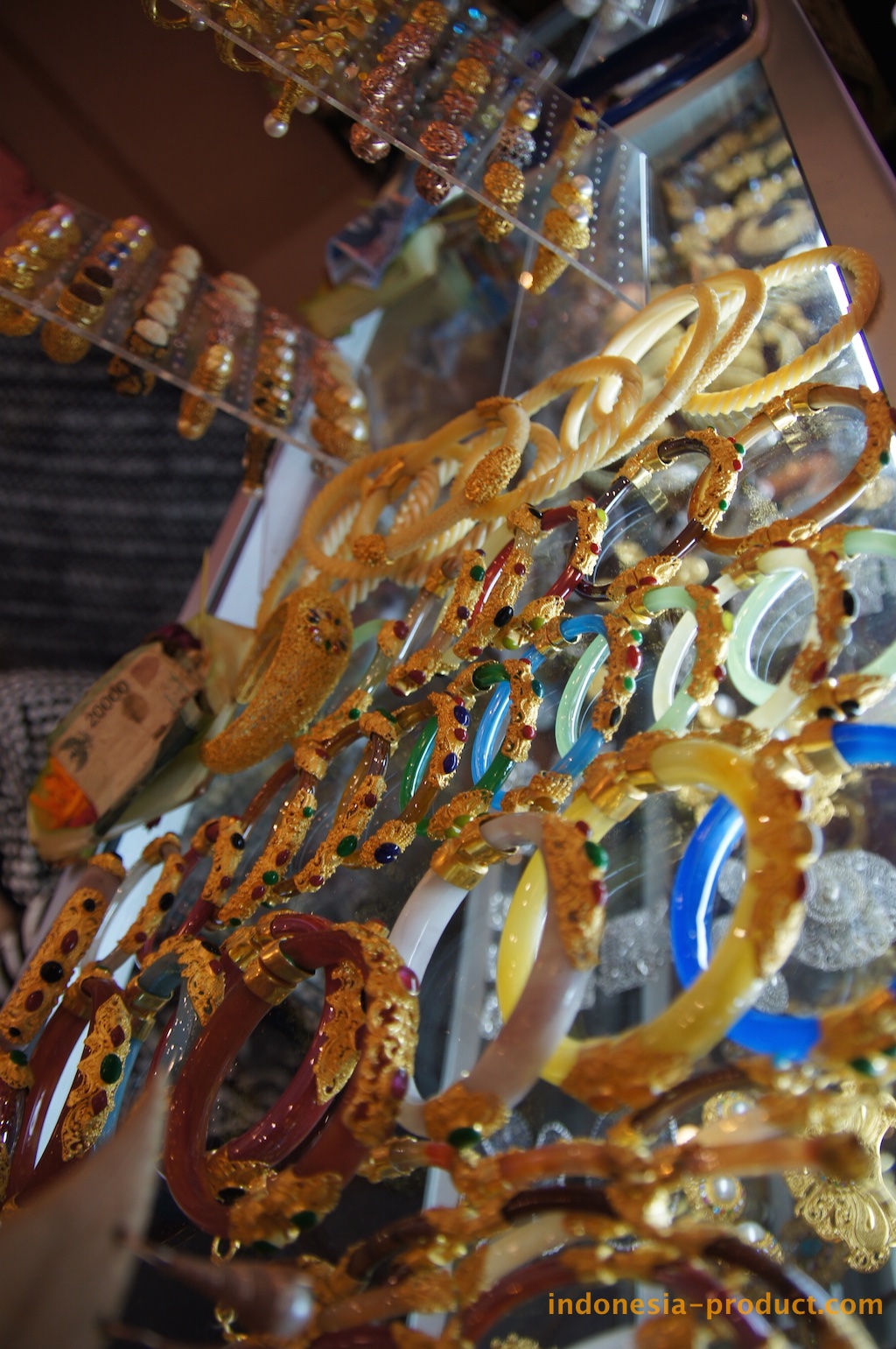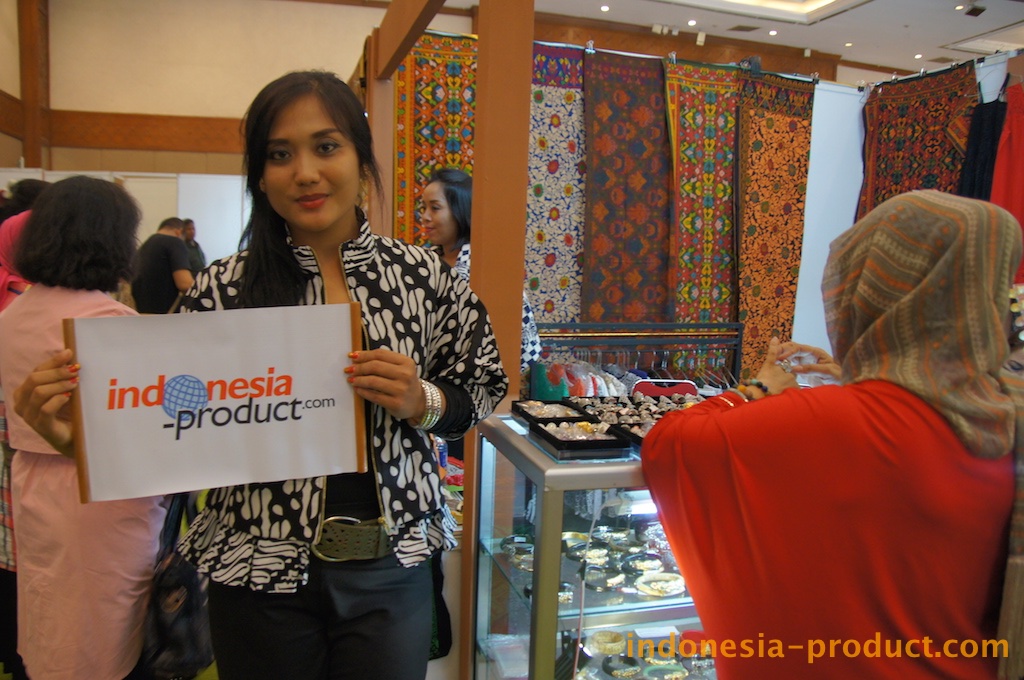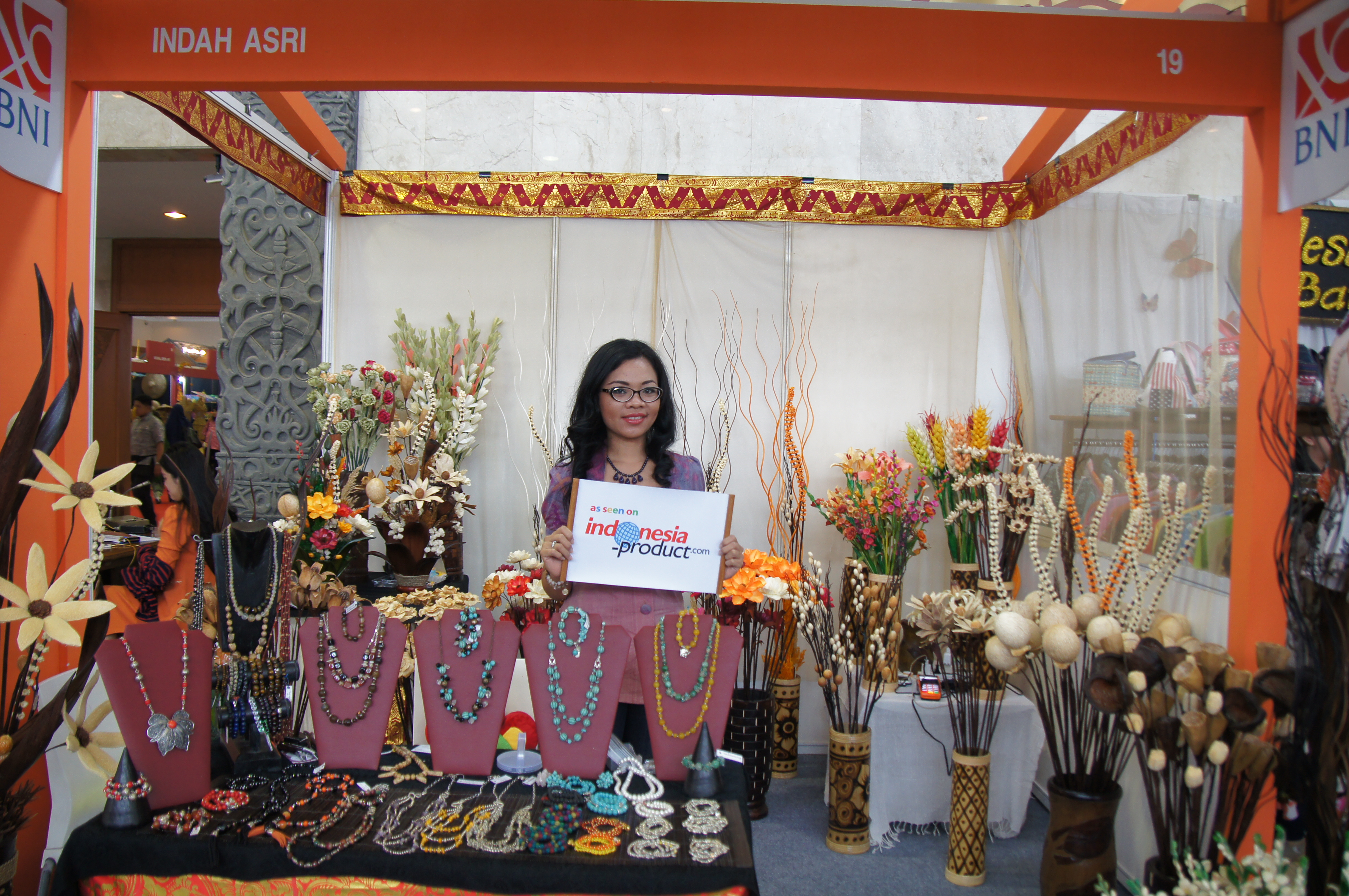U.S. efforts fail to block tainted goods
International Herald Tribune, France
WASHINGTON: Despite a two-year effort to eliminate the threat of poisonous lead in inexpensive children’s jewelry, hundreds of thousands of tainted items are still being sold across the United States, the U.S. government has found.
Inspections by the Consumer Product Safety Commission of 85 pieces of jewelry collected since last autumn from U.S. retailers and importers determined that 20 percent still posed a potential poisoning hazard.
Separate surveys by health officials or lead experts in Ohio, Massachusetts and Maryland found even higher percentages.
The unannounced national inspections also left no doubt about the primary source of the threat: of the 17.9 million pieces of jewelry items pulled from the market since the start of 2005, 95 percent were made in China.
Numerous hazardous products imported from China – including toxic ingredients put into dog food, tainted toothpaste, faulty tires and toys coated in lead paint – have been discovered and recalled. But the problem with the children’s jewelry, persisting after two years, reveals just how difficult it may be to resolve the problems.
Guo Lisheng, a deputy director general at the Chinese General Administration for Quality Supervision, Inspection and Quarantine, wrote in a March letter to the U.S. agency that jewelry with lead was not a danger as long as it was covered by a protective coating.
A formal ban on lead in children’s jewelry that was proposed by the agency, Guo said, was unnecessary and would “increase the cost of producing and inspection of the manufacturers of children’s metal jewelry, and bring unnecessary obstacles to trade.”
U.S. officials say they have made progress in curtailing lead in children’s jewelry, but that they need more enforcement powers, like the ability to impose fines or even criminal charges against repeat offenders. Scott Wolfson, a spokesman for the U.S. agency, said, “We want to get to a point of not having to do recall after recall, and simply make the marketplace safe.”
The tainted jewelry has been brought onto the market by big-name outfits like Mattel, Juicy Couture and Twentieth Century Fox Home Entertainment, which included 746,621 lead-contaminated “bonus charms” in a Shirley Temple movie package.
But scores of small importers like Really Useful Products, a company with six employees in Darien, Illinois, also delivered children’s jewelry to national retailers with dangerous levels of lead.
Internal company and government documents released to The New York Times last week by the U.S. agency, in response to a Freedom of Information Act request, detail the recent crackdown, offering an inside look at how gaps in vigilance by importers in the United States allowed these contaminated low-price products to hit the market.
The importers, in the commission’s documents, often assert that their contracts prohibit jewelry with elevated levels of lead. But by failing to test a large enough sample of the delivered goods – not just at the start of production, but regularly as new batches are produced – these companies still ended up selling hazardous products, the documents show.
Jewelry is perhaps the most dangerous place for lead because children can swallow an entire ring or pendant, causing acute poisoning that can cause respiratory failure, seizures and even death, whereas neurological damage and learning deficiencies are often associated with exposure to lead paint.
Many children also tend to suck or bite on jewelry, potentially allowing lead to be absorbed in the bloodstream.
“It’s just outrageous,” said Lisa Smestad, an environmental health official in Minneapolis who investigated the death of a 4-year-old boy who swallowed a heart-shaped charm. “How can we be allowing products that are targeted and marketed to children that have such a potential to poison them?”
Children’s advocates say that neither the U.S. government nor the private sector has done enough to ensure that jewelry entering the market is not contaminated with lead. Far broader government tests are necessary, they say, backed up by stiff penalties and even criminal charges if companies, seeking to maximize profits by buying from the lowest-cost suppliers, continue to import contaminated children’s jewelry.
“If a company is going to put their label on it, they need to be able to guarantee these products are not going to cause harm to consumers,” said Rachel Weintraub, director of product safety for the Consumer Federation of America.
The Consumer Product Safety Commission has been attempting to crack down on lead jewelry since February 2005, when it announced that any children’s jewelry that had more than .06 percent lead by weight – and that was accessible to a child who might suck on the item or simply touch it – would be considered a hazard.
After a series of high-profile recalls in 2006 – since many products on the market failed to meet this new standard – the commission last autumn began to send a team of investigators out to companies that import or sell children’s jewelry.
Inspectors collected and tested samples, finding lead problems one out of five times. Surveys by health officials and children’s advocates in Massachusetts, Maryland and Ohio found lead contamination in children’s jewelry as often as 40 percent of the time.
Based on these tests, one U.S. government official said it was fair to estimate that the number of contaminated children’s jewelry items on the market remains in the hundreds of thousands.
This enforcement effort has partly driven the jump in recalls this year of lead jewelry. Children’s jewelry made up three-quarters of all lead-related recalls in the last three years.
Twentieth Century Fox Home Entertainment, a division of the News Corp., offered a free DVD to people who returned silver-coated metal charms that contained lead in the spring of 2006.
But many of the charms may still sit on children’s dressers. Fifteen months after Fox’s recall of the 746,621 charms, only about 50,000, or 6.7 percent, of the charms were sent back, according to a spokesman for Fox, Steven Feldstein.
The Fox charms were imported by Corporate Images, of California, and manufactured at ChengXing Hardware Ornament Factory in Dongguan, China. Feldstein said he thought Fox had stopped working with Corporate Images, but Corporate Images lists Fox as a client on its Web site. Corporate Images, its site promises, offers “cost-saving efforts that are truly remarkable.”
Prodded by the Sierra Club, an environmental group that has focused on combating lead hazards, the U.S. agency is considering a formal ban on lead in children’s jewelry, instead of simply setting an enforcement standard.
Dozens of letters have been sent to the commission urging it to adopt this ban immediately. Among the 195 pages worth of comments submitted this year about the proposed ban, only one speaks in firm opposition: the March letter from the government of China.





